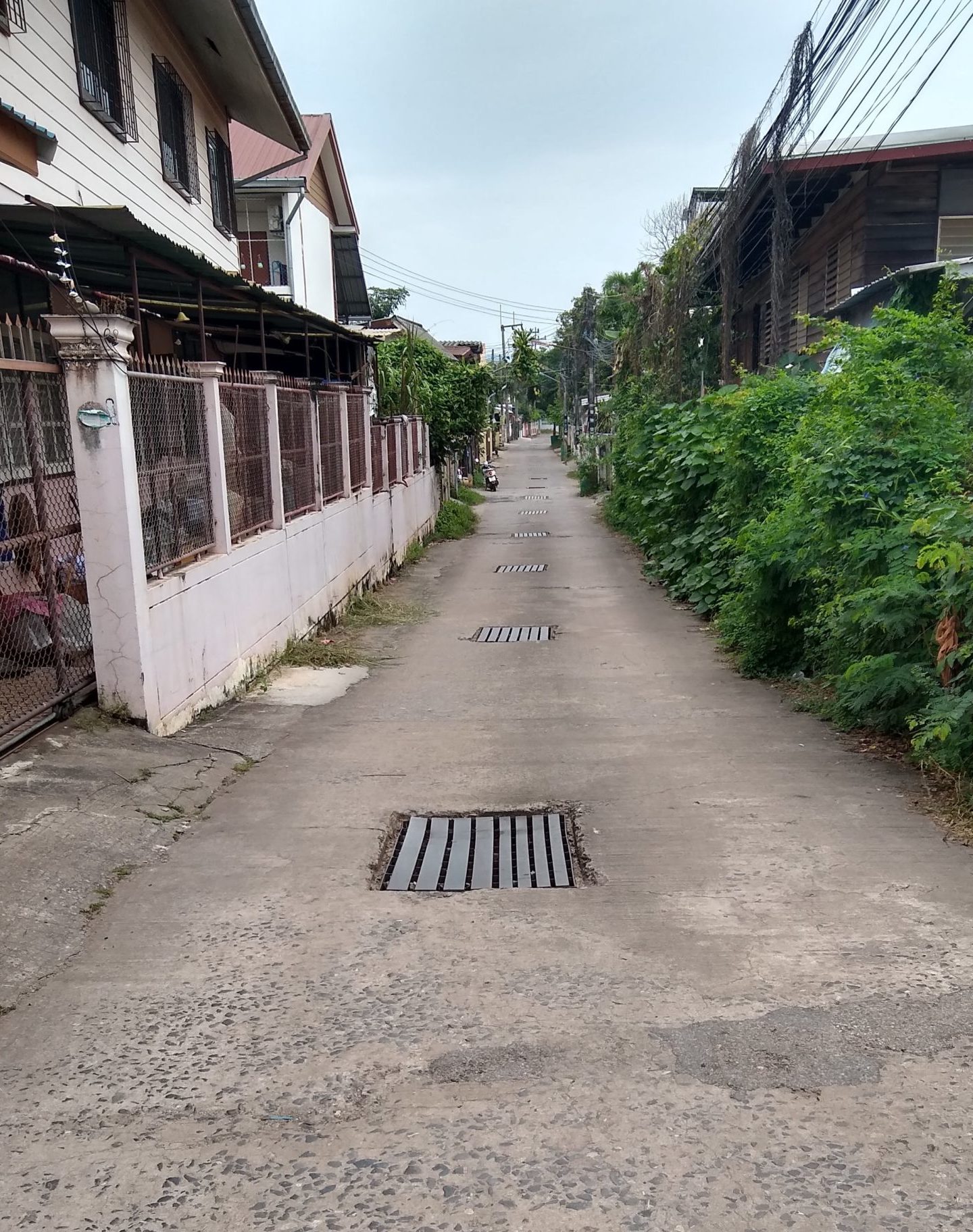SEI is partnering with local people in the city of Udon Thani in northeast Thailand to find creative ways to improve the urban environment.
How can inclusive community planning help make urban areas more livable? SEI is partnering with local people in the city of Udon Thani in northeast Thailand to find creative ways to improve the urban environment.

Photo by: SEI
Green spaces and walkable urban pathways are important for residents’ physical and mental health, as well as having ecological benefits, and can also help to reach goals for sustainable and healthy urban lifestyles. However, it is a big challenge to conserve green spaces in Udon Thani because of competing demands on land and finance. Bringing participatory approaches into urban planning can help prioritize key issues that can make cities more livable.

Photo by: SEI
Walking, in particular, has been shown to have positive impacts on the mental and physical health and wellbeing of urban residents.
Walking encourages a healthy lifestyle, provides recreational opportunities, and helps residents identify with their neighbourhoods, while also promoting low-carbon modes of moving around the city.
But in most Asian cities, walking spaces are poorly maintained or sometimes even non-existent.

Photo by: SEI
To create greater potential for active transport in urban settings, we asked Udon Thani’s residents about their experience of walking around the neighbourhood and what challenges they face when doing so and asked them for suggestions on what would improve their walking habits.
We used two interactive methods – photovoice and mental mapping – to understand the enablers and barriers to walking. Our photovoice walks with the elderly in the city of Udon Thani showed us how these challenges can impact their decision to use their motorbike or walk.
Some participants engaged in a mental mapping exercise, where they drew their route from home to a green space based on their memory, marking important landmarks and sites.
The photovoice and mental mapping exercises revealed that residents were concerned about safety and cleanliness at the nearby lake park, and the risks posed by cyclists riding on the walking path. Other conditions such as a lack of pedestrian crossings, rains, dust from the roads during the hot season, and smoke from grilled chicken stalls, also affected their decisions on when and where to walk.

Photo by: SEI
Cars speeding along roads without pavements, or low-hanging cables close to the pavements may turn a simple walk into a dangerous activity. Such concerns are especially important for the mobility of the elderly.
A main obstacle for walking from my house to the canal is the water pipes which are on the footpath. They need to put them underground.
Udon Thani resident
Photo by: SEI
Photo by: SEI
Encroachment on pavements for parking or other commercial and residential uses is not uncommon.
The exercises revealed that shady, safe, green spaces, and unobstructed pedestrian footpaths were highly important for the mental relaxation and well-being of residents.
The research team were quick to tweak the methods to suit the needs and interests of participants, for example, by allowing visually challenged participants to describe a mental map. Our activities helped elderly participants easily recollect site-specific challenges and experiences of walking in their neighbourhood.
The photovoice and mental mapping activities yielded rich location-specific and evidence-based suggestions to improve walkability at the neighbourhood level. Researchers delivered these insights in a policy workshop with local decision-makers from relevant departments within the municipality. The municipality showed great interest in incorporating community-driven inputs in their upcoming interventions for improving walkability in Udon Thani.
Photo by: SEI
Photo by: SEI
Photo by: SEI
This photo story was produced from community workshops in Udon Thani, with funding from the Centre for Sustainable, Healthy and Learning Cities (SHLC) and the SEI City Health and Wellbeing (CHeW) Initiative.
Credits to the SEI Asia Communications team for the photos.
Design and development by Soapbox.




